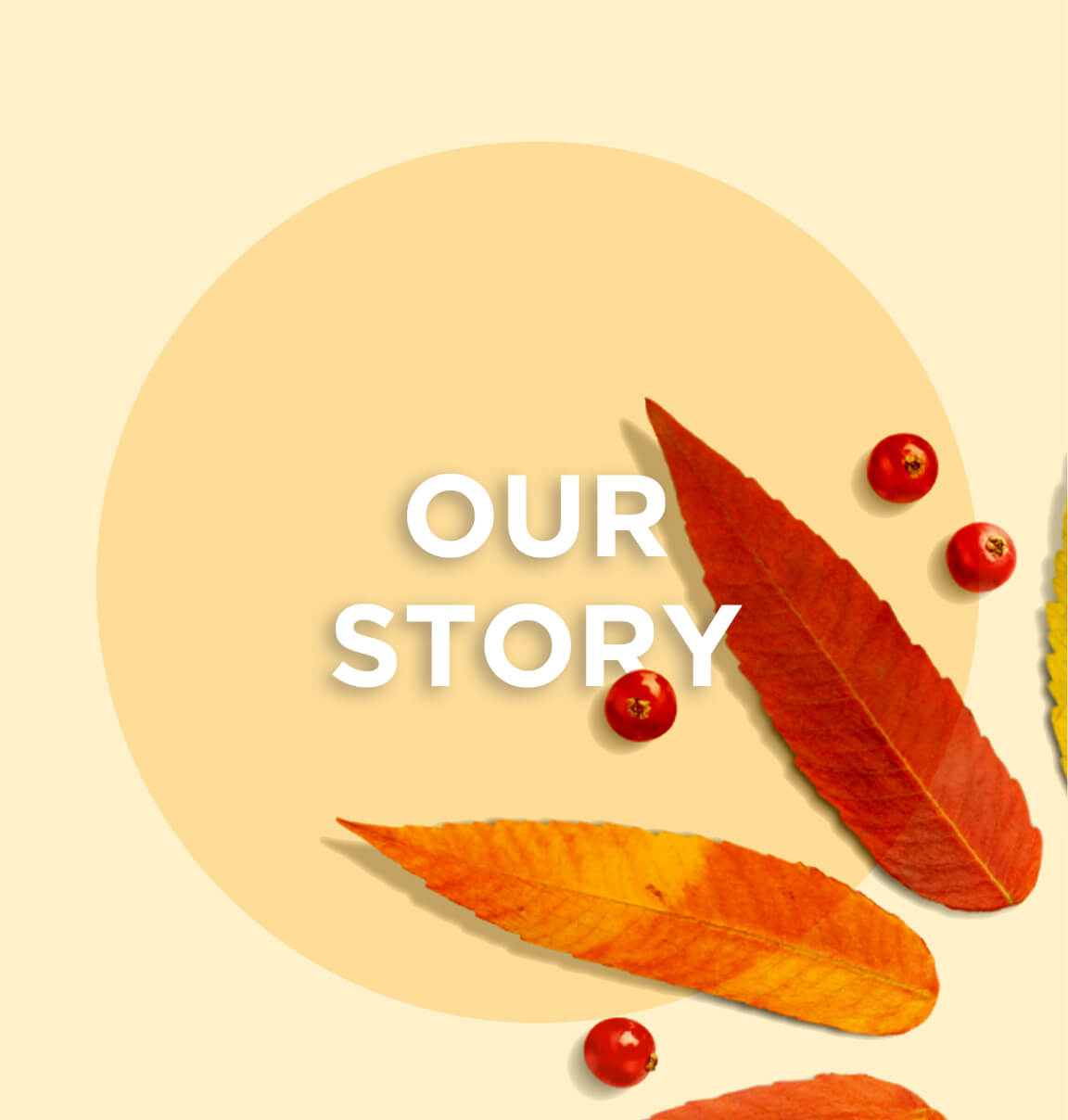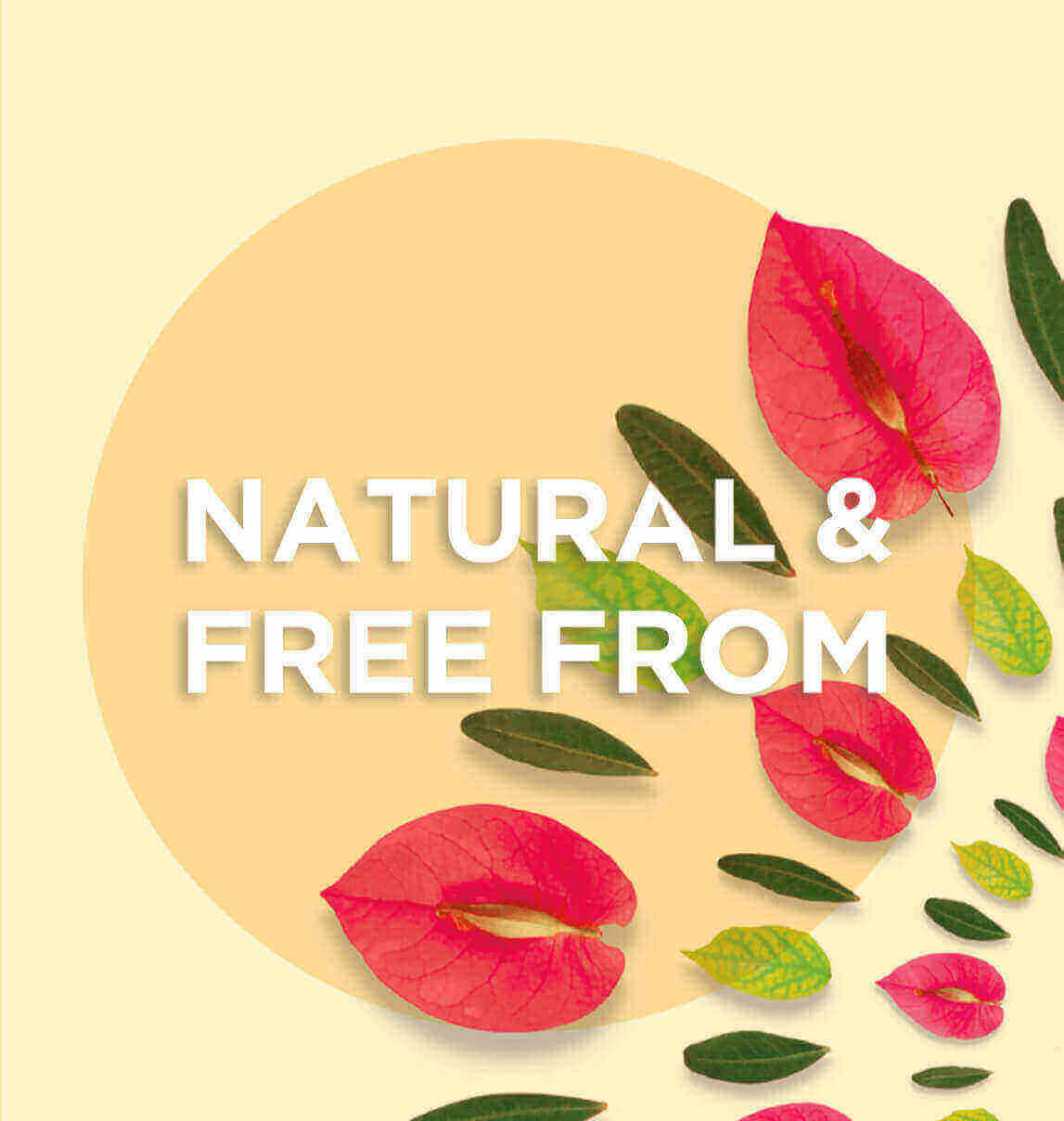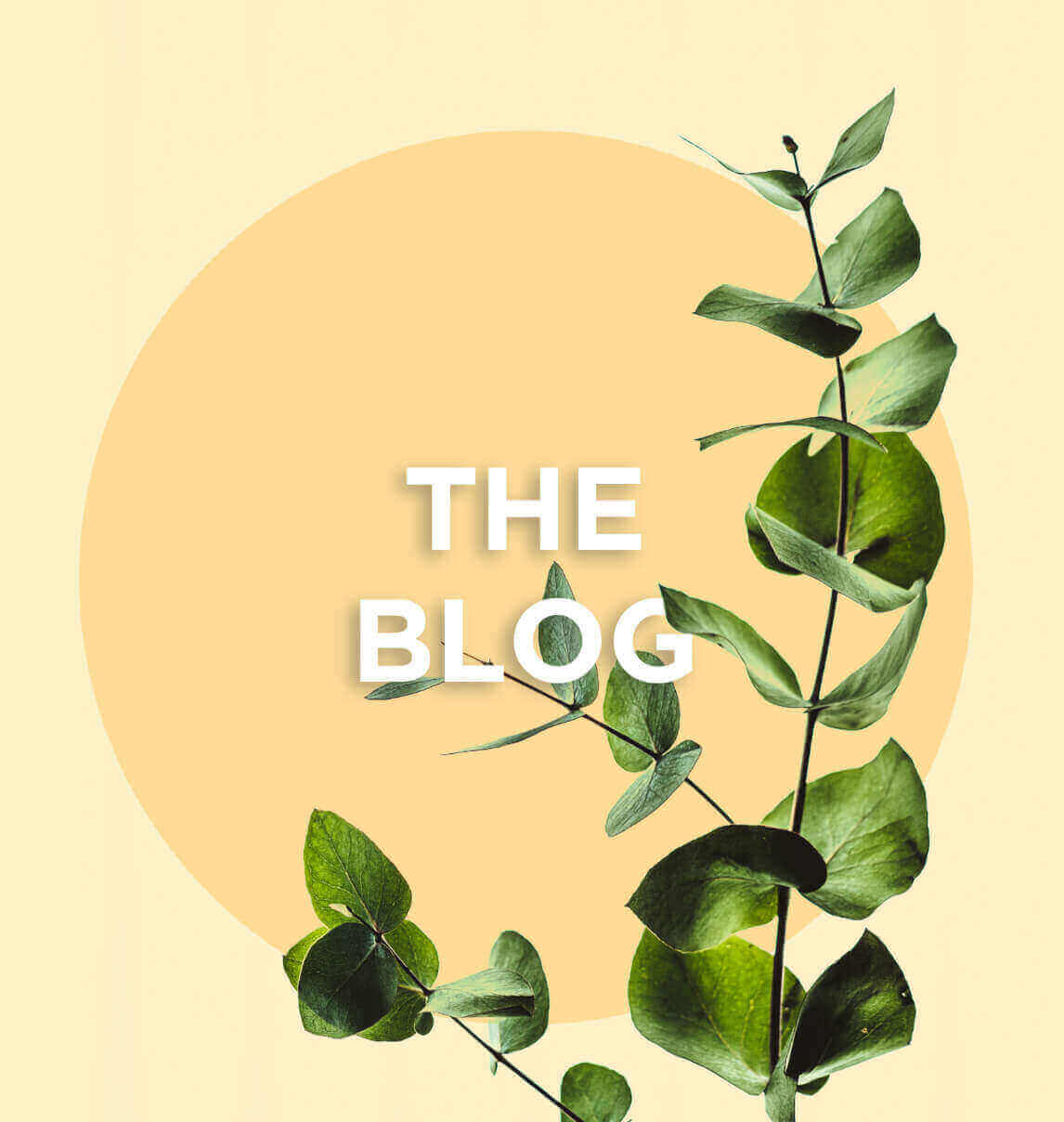As from the start of autumn and all throughout winter, this plant is absolutely essential, ensuring protection against viral infections and reducing their symptoms.
Elderflower has been in use since the Stone Age and often as a remedy by Greek doctors. Since then, it has become part of the medicinal plants usually used in Europe and can also be found in Asia and North Africa. Elderflower trees grow as shrubs, usually inside bushes found on roadsides and paths.
The very light, cream-coloured and scented flowers are easily identifiable. They can be used dried in herbal teas or in supplements, particularly in response to the first signs of a sore throat, cold and sinusitis as well as to soothe migraines. And it doesn’t end there, elderflowers also have diuretic, sudorific, emollient and expectorant qualities and a recent study has shown presence of bacterial action.
The small black fruits are usually picked during the autumn and cooked into a syrup or jam, but should never be eaten raw! In their various forms, these fruits can provide comfort and relief from diarrhoea and flu-like symptoms, as well as at the start of a cold or sore throat. They stimulate the immune system and have anti-viral, bactericide and anti-inflammatory effects.
Elderberries can also be taken as supplements in capsule form as powder or dried extract. However an excessive amount can have a laxative effect. For super-boosted action, elderberries and Echinacea make great partners for prevention and treatment for all winter illnesses and viruses, as well as providing relief from various symptoms.
A clinical trial has in fact shown faster recovery for those suffering from flu, with symptoms lasting for around two days rather than six and with a significant reduction in fever, aches and pains and respiratory congestion.
However, the use of elderflowers (flowers and fruits) is not recommended for children under twelve years, pregnant women or those breastfeeding. Also note that when taken in high doses, an intermittent use for periods of one week is recommended.
Also keep an eye out for ‘fake’ elderberries! This shrub easily confused with elderflowers is known as ‘danewort’ – Danewort has toxic fruits and flowers which stand upright, contrary to those of the traditional elder tree which fold over in umbels of around 10 to 15 centimetres.
How to prepare herbal tea using elderberries and elderflowers:
- Bring 125ml-150ml of water to the boil (one large glass) and pour over a bowl containing about 10g of dried elderflowers/elderberries.
- Mix, cover and leave to infuse 10-15 minutes. Then filter.
- Drink three to four large cups per day, for three to five days.
—–
*Sudorific plants: plants that stimulate sweating.
**Emollients: plants which soothes and softens inflamed skin and mucus tissue.
*** Expectorant plants: plants which help bring up mucus and other material from the lungs, bronchi and trachea.
**** Umbels: a flower cluster with stalks of nearly equal length springing from a common centre.
References:
FLEURENTIN (Jacques), Du bon usage des plantes qui soignent. Éd. Ouest-France
BRUNETON (Jean), Pharmacognosie, Phytochimie, Plantes médicinales. Éd. Lavoisier, TEC & DOC
GIRRE (Loïc), Les vieux remèdes naturels. Éd.Ouest-France
Waknine-Grinberg JH, El-On J, Barak V, Barenholz Y, Golenser J. The immunomodulatory effect of Sambucol on leishmanial and malarial infections. Planta Med. 2009
Vlachojannis JE, Cameron M, Chrubasik S. A systematic review on the sambuci fructus effect and efficacy profiles. Phytother Res. 2010
Krawitz C, Abu Mraheil M, Stein M, Imirzalioglu C, Domann E, Pleschka S, Hain T. Inhibitory activity of a standardized elderberry liquid extract against clinically-relevant human respiratory bacterial pathogens and influenza A and B viruses. BMC Complementary and Alternative Medicine 2011
Antolak H, Czyzowska A, Kregiel D. Antibacterial and Antiadhesive Activities of Extracts from Edible Plants against Soft Drink Spoilage by Asaia spp.J Food Prot. 2017 Jan





